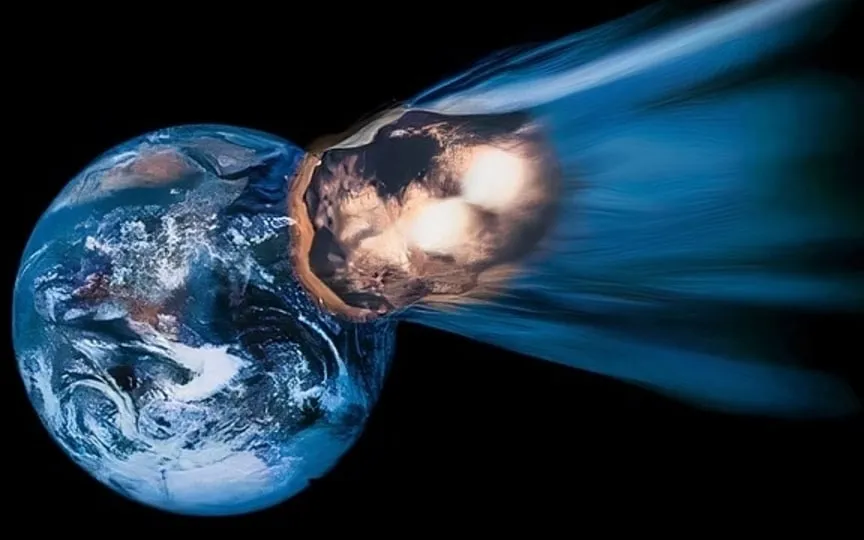NASA reveals details of upcoming first-time Earth pass by asteroid 2023 XE12; Find out more
NASA has redirected the OSIRIS-REx spacecraft to investigate asteroid Apophis, which will approach Earth in 2029 at a perilously close distance. This is part of NASA’s ongoing efforts to investigate and monitor asteroids, aiming to reduce uncertainties surrounding their near approaches. Utilizing cutting-edge technology, NASA has identified an aircraft-sized asteroid that is expected to pass by Earth in the near future. Learn more about this imminent encounter.
Asteroid 2023 XE12: Speed, Size and More
NASA’s Center for Near-Earth Object Studies (CNEOS) has named the asteroid Asteroid 2023 XE12. It will come close to Earth on December 31st. This Near-Earth Asteroid (NEA) is expected to make its closest approach to the planet at a speed of about 42386 kilometers per hour. During its closest approach, it will pass the planet at a distance of about 5.6 million kilometers. It is important to note that although it has been called a near-Earth asteroid due to its close flyby distance, it is not expected to actually impact the planet.
It belongs to the Apollo group of Near-Earth Asteroids, which are space rocks that pass through the Earth and whose semi-major axes are larger than the Earth’s axis. These asteroids are named after the huge 1862 Apollo asteroid discovered by German astronomer Karl Reinmuth in the 1930s.
How big is the asteroid?
According to NASA, asteroid 2023 XE12 is about 130 feet across, making it almost the size of an airplane! That’s nearly twice the size of the Chelyabinsk asteroid that wreaked havoc in 2013, damaging more than 7,000 buildings and injuring nearly 1,000 people.
Asteroid 2023 XE12 has not passed by Earth before, and this is its first close approach. After today, this Apollo group asteroid is not expected to pass by the planet anytime in the near future.
NASA technology explored asteroids
NASA operates several space telescopes and ground-based observatories to find, observe, and study asteroids in space, including the NEOWISE telescope, the Atacama Large Millimeter/Submillimeter Array (ALMA), Pans-STARRS1, the Catalina Sky Survey, and the Hubble Space Telescope. and the new $1 billion James Webb Space Telescope. In addition, spacecraft such as Dawn, OSIRIS-REx and Hayabusa2 have also helped in the discovery and study of these ancient space rocks, unlocking their secrets.




